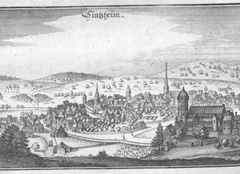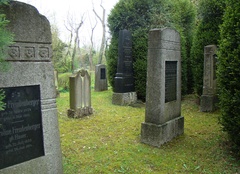Sinsheim
Jews are known to have lived in the village of Sinsheim since the late 1200s. In the mid-1300s, when Jews across Europe were blamed for the spread of the Black Plague in Europe, a few Jews came to Sinsheim seeking refuge from the massacres in the nearby towns of Worms and Speyer.
In 1648 a Jewish cemetery was established in the neighboring village of Waibstadt to be used by several of the surrounding communities. Very few Jews resided in Sinsheim until the mid-1700s, when the village began to develop a presence as a more modern city. In 1837 the town’s synagogue was constructed. As Sinsheim continued to grow—reaching 135 Jewish inhabitants in 1871—a new Jewish cemetery was built in 1890.
In the early 1900s, a prominent Jewish citizen, Dr. Hermann Weil, owned a global grain-trading company with offices in Frankfurt and Buenos Aires. Dr. Weil was buried in the Waibstadt cemetery in 1927.
Five years later, Survivor Lea Weems (née Krell) was born, followed a year later by her sister Ruth Steinfeld (née Krell). Steinfeld reflected that, “My life began in 1933, just at the time that Hitler had been voted into power. So, from the time I was born, I was never truly a citizen of Germany.” She added that growing up, “We would want to play [with other children, but] they wouldn’t let us play.”
The girls’ father worked “in the imported dairy business,” Steinfeld said. She continued, “People in my town told me that he was always the best dressed and he would always take his little girls with him to temple. In fact, he was the Shamus.” Steinfeld explained that the Shamus was “the person who did the singing and made sure the prayers were in order.” She remembered the Jewish festival of Sukkot, when her father “would build [the sukkah (temporary hut)] on the little porch we had. And we would go out there for our meals and I was always very happy.”
Sadly, this happiness was not to last. Steinfeld recalled how during the night of Kristallnacht in November 1938, Nazis “came into our home, knocked down all the furniture…and took my father and grandfather” to the Dachau concentration camp. The town’s synagogue was also destroyed. The girls’ parents were among the 17 Jews of the community who were murdered during the Holocaust.
Sinsheim: Photographs & Artifacts
-
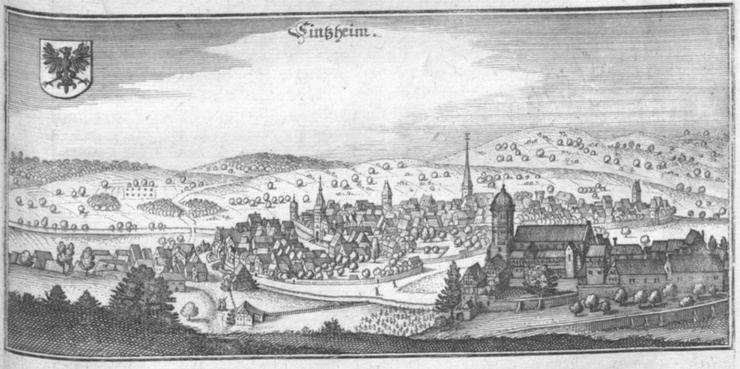 An illustration of Sinsheim from a volume published in 1645. Wikimedia Commons / Public Domain
An illustration of Sinsheim from a volume published in 1645. Wikimedia Commons / Public Domain -
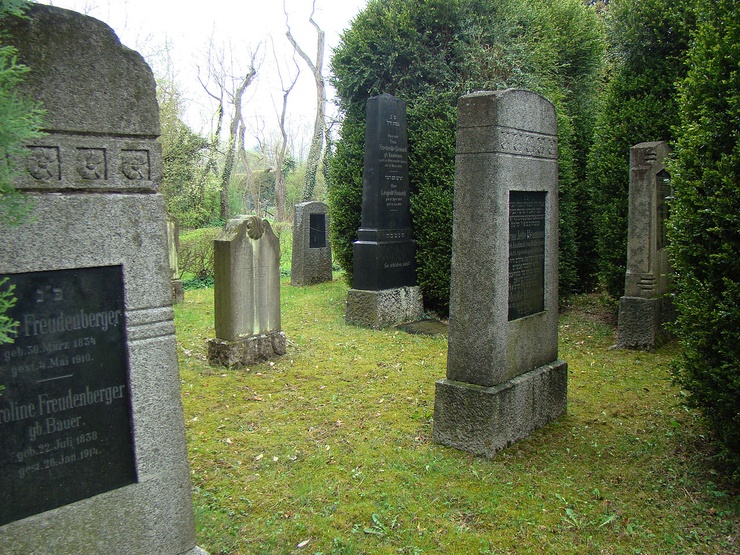 The Jewish cemetery of Sinsheim. This photograph was taken in April 2012. © peter schmelzle / Wikimedia Commons / CC-BY-SA-3.0
The Jewish cemetery of Sinsheim. This photograph was taken in April 2012. © peter schmelzle / Wikimedia Commons / CC-BY-SA-3.0
Destroyed Communities Memorial Slope
Sinsheim: Survivors
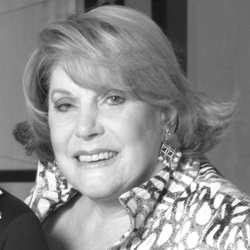
I feel that I survived because of the goodness of people in spite of the inhumanities and so I’m only willing to focus on the goodness. . . . I feel for myself that I have forgiven, although I will never forget.
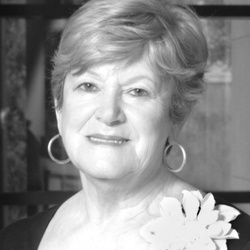
What always gets me is when I think, how could I give my kids away? How brave our parents were and how unselfish.
